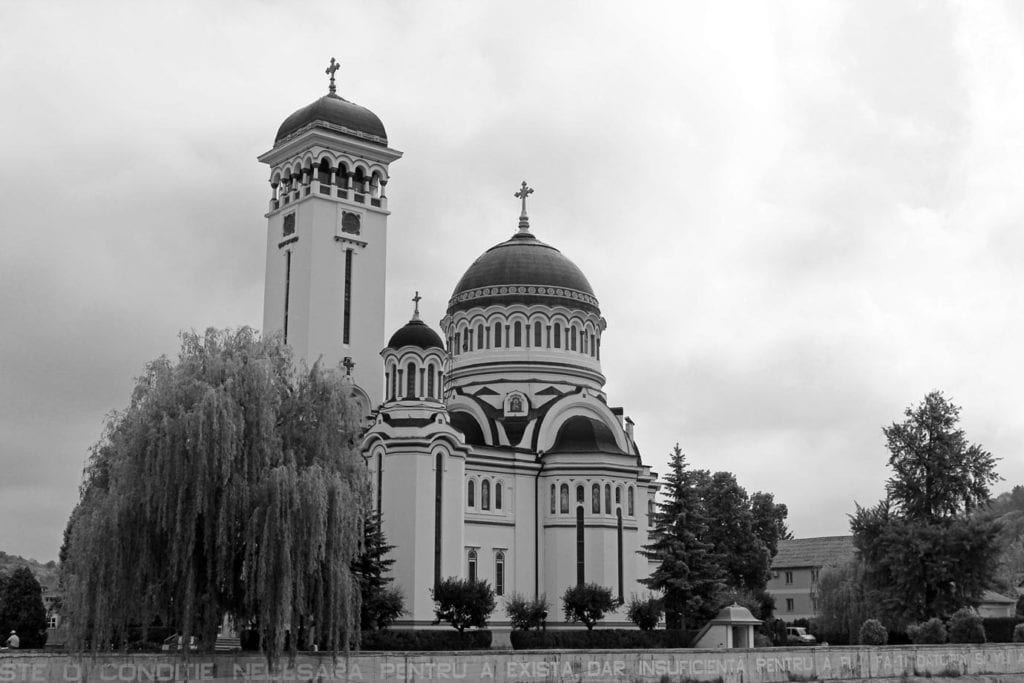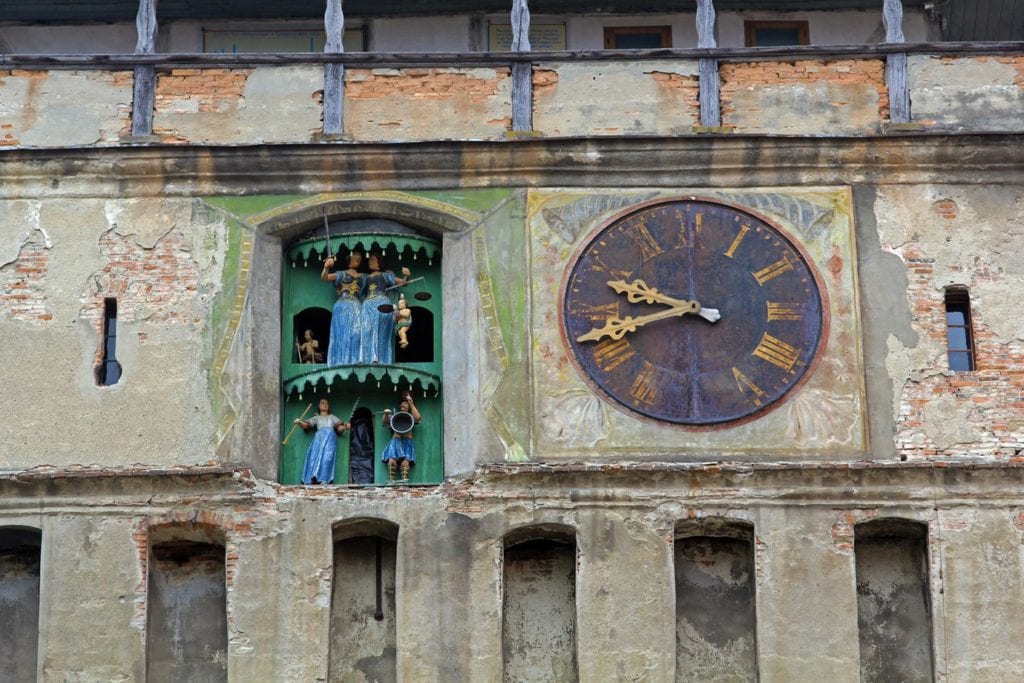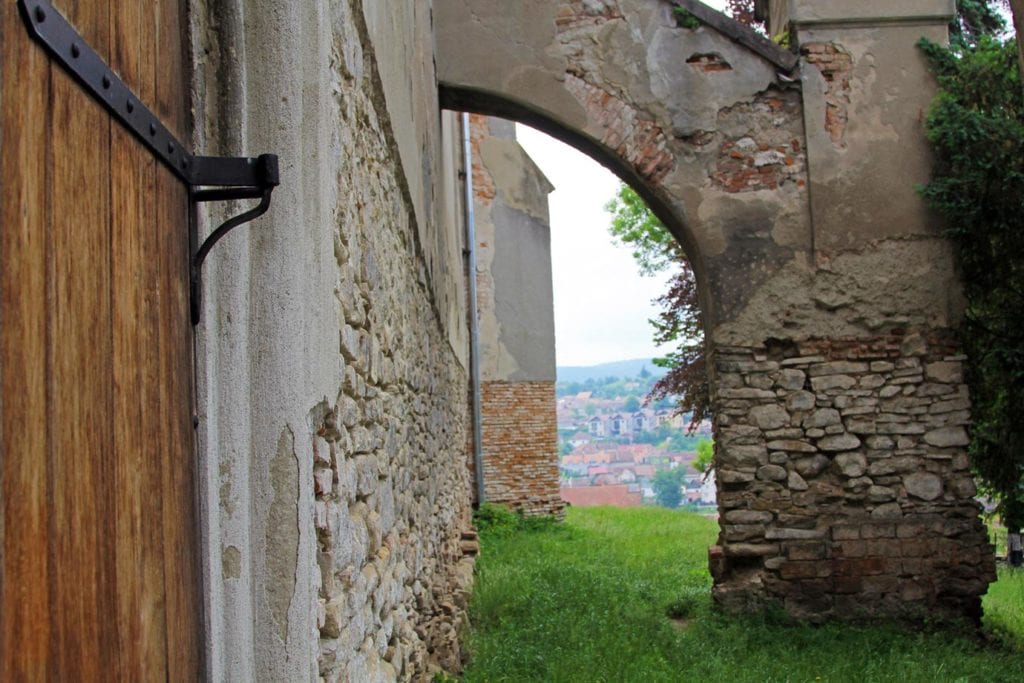This post contains product affiliate links. These are mainly on items/hotels/tours that I personally endorse & love. I may earn a small commission if you make a purchase, but at no extra cost to you.
One of the things you will immediately notice about walking the streets of Sighisoara is the colours. Every building is painted a bright pastel colour!

Much like the cobbled streets of Sibiu, Sighisoara is another medieval town found in the heart of Transylvania, Romania.
Distinctly split into two parts, Old Town is home to all the major tourist attractions within the medieval city walls, whereas Lower Town is home to the everyday hustle and bustle of Sighisoara.
One of the things you will immediately notice about walking the streets of Sighisoara is the colours – practically every other building is painted a bright pastel colour, and it really brings a vibrancy to the town.
Travelling around Romania? Then make sure you bookmark my guides to visiting the Palace of the Parliament, sightseeing in Sibiu and exploring the best castles in Romania.
The landmark of the town is the Clock Tower (Turnul cu Ceas), a 64-metre high tower built in 1556.
As such, the whole of Sighisoara was declared a UNESCO World Heritage Site in 1999, and almost every third building is listed as a protected site.
Another thing Sighisoara gets to boast about is being the birthplace of Vlad Tepes, otherwise known as Vlad the Impaler, otherwise known as Dracula.
At the cost of 5 lei (approximately €1), you can actually see the room he was born in.
The historic centre of Sighisoara is small enough to wander every side street, and you can walk around the perimeter of the medieval walls well within the hour.
At the top of the hill is a church and a school. It is worth checking out for the views of the surrounding countryside, though if you find it difficult to walk I wouldn’t bother.
Wherever you walk in Old Town, you will always be drawn back to the Clock Tower.
After a big fire in 1676 (when the town’s gunpowder deposits exploded), the roof of the tower was resorted to the present Baroque shape, and in 1894 the colourful tiles were added.
The Clock Tower also houses the towns museum (admission 10 lei, approximately €2), and this also gives you access to the viewing platform giving the best views of the town.
Again, from this vantage point, it is easy to see just how colourful Sighisoara really is.
From Old Town, Lower Town is a short five minute walk down the hill. Here, you really get a feel for modern day Sighisoara, and it isn’t much busier than the historic centre of Old Town.
One of the benefits of Lower Town is all of the best (and also cheapest) restaurants are found here. For a tradition Italian, I recommend Al Forno (a meal with a couple of beers will set you back about 30 lei, approximately €6).
Once again, your eyes will always be drawn back to the Clock Tower, and often you will take the same photo just from a number of different angles.
Running by the side of Sighisoara is the Tarnava Mare River, and it is here you will find the Holy Trinity Church, another fine example of church architecture in Romania with beautiful frescoes and a cavernous dome.
In Sighisoara, I stayed at Burg Hostel (40 lei, approximately €8 per night), a lovely little hostel found right in the middle of Old Town.
Overall, it is the colours of Sighisoara that draws you in, but it is the quiet charm of the town that makes you want to stay.
Photos of Sighisoara

















